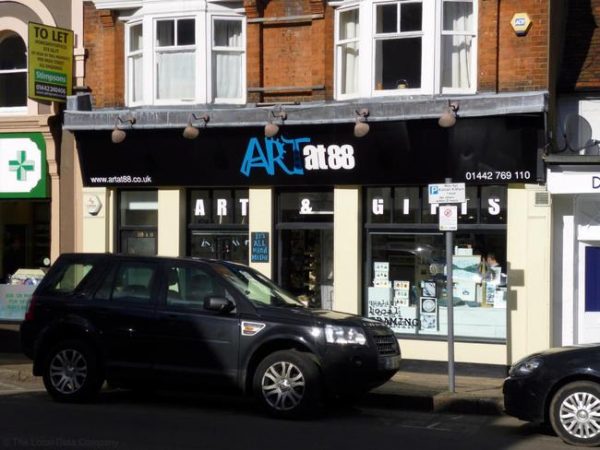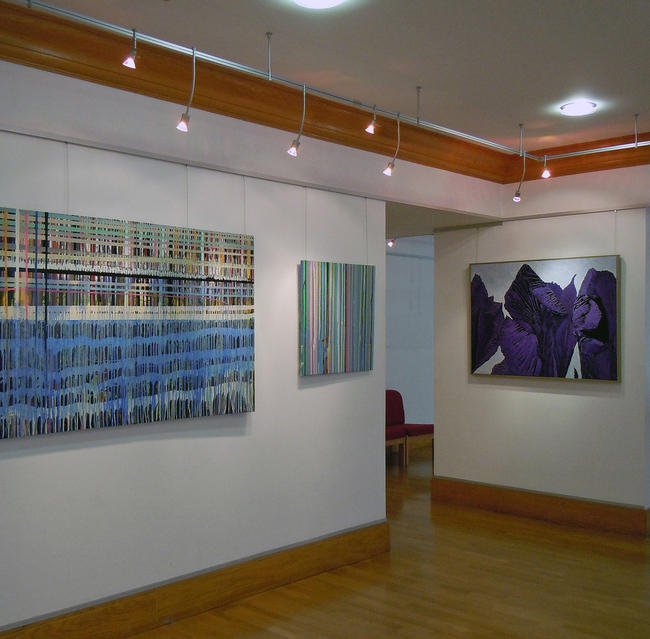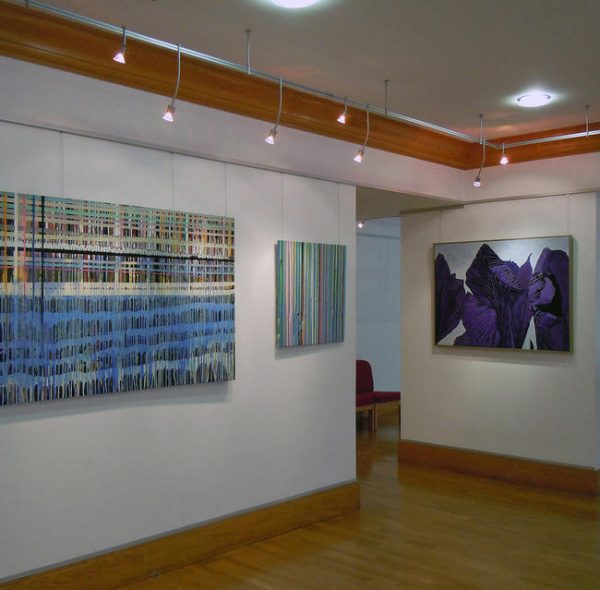Are you a teenager or 20-something with dreams of global artistic stardom? Or maybe you’ve turned to a creative path later in life, and are trying to juggle the task of building up a selling and exhibiting profile with that of raising a family and holding down what may be several other jobs?
Whatever the vantage point from which you are approaching an artistic career, it’s possible that you may perceive the gallery world as snooty, distant and uncaring. Yet if you want to gain gallery representation, you’ll need to get past that prejudice and start engaging with such organisations.
To attract a gallery, you need to know your stuff
The art world has always been both pretty straightforward and hideously disorientating and complicated – at least until you acquire a version of ‘The Knowledge’, to use the London taxi-driver parlance, that will enable you to make the right steps.
In truth, a good gallery will not take you on if your work and studio practice do not interest them, and nor will being represented by a gallery make your work and studio practice interesting if they aren’t already.
As for how you can generate that ‘interest’ from a gallery, well, there’s no one universally proven way. It’s a complicated process for a gallery to exercise the judgement of which artists may just carve out a place in history.
One thing that will certainly give you an advantage, though, is an ability to be articulate about your work, communicating the depth and breadth of reference that will demonstrate precisely why your work is interesting, if that isn’t obvious enough to the gallery already.
How can you find – or create – the right community?
No man or woman is an island, of course, and we live in an interconnected world. That has long been obvious in the art world, with its shifts engendered by powerful ‘movements’ that were only able to gain much potency at all due to the formation of communities of like-minded artists.
Think of the groups leading any big art-historical movement – from the Romantics and the Surrealists to the conceptual artists of the 1960s and ’70s and the notorious Young British Artists (YBAs) – and it should become apparent to you that no such movements would have been possible without those artists coming together.
Artists may not always ‘come together’ by design – it may be something that ‘just happens’ in some inadvertent shape or form due to the cultural conditions of the time. But there’s nonetheless a well-established pattern of art movements that only occur through the formation of community.
Similarly, it is involvement in such communities that will help to give you some of your own traction in the gallery world. Your days in art college are probably when you will first begin to build your own community. However, if for any reason you cannot create your own community, you’ve also got the option of looking to join an existing one to which you feel you belong – and a gallery can be just such a place.
Remember what’s truly important about your art
If you wish to join and achieve success with galleries, it’s important not to regard ‘commerce’ as a dirty word. In any case, it’s not as if even the strongest-selling artists and galleries have a choice. Galleries need to project themselves as affluent organisations, but this is unlikely to be backed up by the reality of their profit margins, which have become narrower than ever in recent decades.

Galleries and their artists ultimately end up having shared concerns – if all of the artists of a given gallery have major financial and commercial worries, this will be true for the gallery, too.
So as you start to think more about the gallery system and your potential place in it, we’ll leave you with a few very important thoughts. If you don’t end up having a galaxy of high-profile galleries to your name, it doesn’t mean you’ve ‘failed’. Nor should you be more concerned about achieving worldly ‘success’ than making artwork that communicates an original and personal language.
Your focus should really be on being the best artist you can be – irrespective of whether you do manage to complete the seemingly almost-impossible journey from art-school graduate to an internationally renowned artist.







